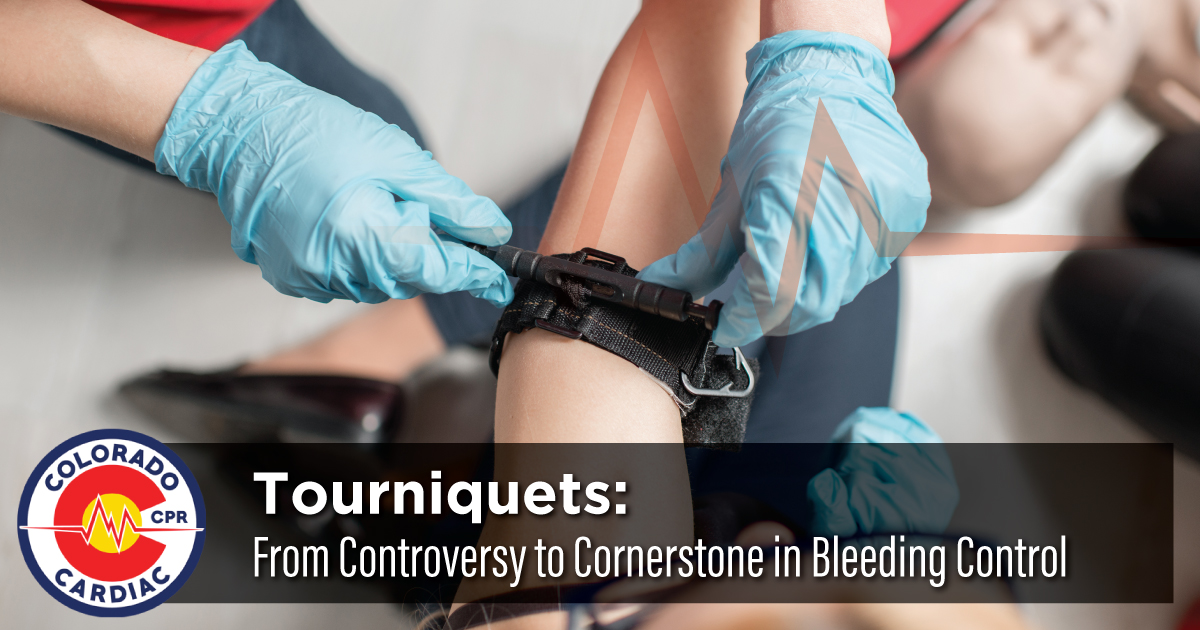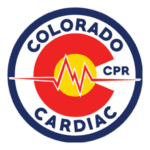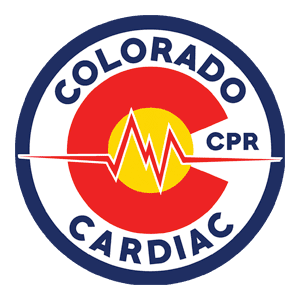Tourniquets: From Controversy to Cornerstone in Bleeding Control

The use of tourniquets has transformed modern trauma care. Once considered a last resort, they are now recognized as one of the most effective tools for saving lives in severe bleeding emergencies – on the battlefield, in the streets, and in everyday civilian life.
A Shift in Thinking
For much of the 20th century, tourniquets were viewed with skepticism. Medical teaching warned that applying one could result in limb loss or permanent damage. In practice, this often led to hesitation, even when patients were bleeding to death from extremity injuries.
That perception began to change in the 1990s, thanks to Navy Captain (Ret.) Dr. Frank Butler, the architect of Tactical Combat Casualty Care (TCCC). Butler and his colleagues analyzed data from previous conflicts and realized that uncontrolled extremity bleeding was one of the leading causes of preventable battlefield deaths. When properly applied, tourniquets stopped fatal hemorrhage—without the dire outcomes once feared.
Lessons from the Battlefield
During the wars in Afghanistan and Iraq, widespread tourniquet use became standard practice under TCCC guidelines. The results were undeniable: thousands of soldiers survived injuries that would have been fatal in earlier wars. Research and real-world experience demonstrated that timely tourniquet use can safely control life-threatening bleeding, buying critical time for evacuation and definitive care.
These findings led to refined recommendations. While early control of bleeding is essential, TCCC also emphasizes tourniquet conversion – replacing a tourniquet with another bleeding control method, such as a pressure dressing, within two hours when feasible and safe. This balance minimizes complications while maintaining life-saving efficacy.
Bringing Battlefield Medicine Home
Despite clear military success, civilian EMS systems were initially slow to embrace tourniquet use. That began to change after the Hartford Consensus and the Stop the Bleed initiative, developed in response to the Sandy Hook tragedy. These programs recognized that bystanders – ordinary people – are often the true first responders.
The Stop the Bleed campaign has since empowered countless civilians to act decisively in bleeding emergencies, teaching them to apply pressure, pack wounds, and use tourniquets effectively before EMS arrival. Meanwhile, EMS protocols across the country have evolved to reflect the same principles proven in combat.
The Takeaway for EMS and the Public
The lesson is clear for both prehospital professionals and the public:
- Uncontrolled bleeding is a time-sensitive emergency. Every minute counts.
- Tourniquets, when used correctly, are safe and effective. They save lives—not just limbs.
- Training matters. Every EMS provider, law enforcement officer, and community responder should be prepared and equipped to use one.
- Public education works. The more people who know how to “Stop the Bleed,” the greater the chance of survival for victims of trauma or violence.
Final Thoughts
Tourniquets represent one of the simplest yet most powerful tools in emergency medicine. What was once feared has now become a symbol of proactive, evidence-based care. Whether in uniform or as a bystander, having the knowledge and confidence to control bleeding can truly mean the difference between life and death.
Further Reading:
- Emergency Care 14th Edition (2020)
- NAEMT Prehospital Trauma Life Support (2023)
- Oxford Handbook of Expedition and Wilderness Medicine, 3rd Edition (2024)
Blog Written & Edited By:
- Mark Tozer / Savannah Stuart – The 3CPR Team
Training Opportunities:
- For American Heart Association First Aid classes and prehospital trauma care training, contact our office at 720.639.2623 or www.3cpr.org
- For on-site First Aid and CPR classes or emergency medicine presentations, contact our Program Manager at ts@3cpr.org
- When enrolling for a CPR, First Aid or trauma care classes, use the promo code: 3CPRblog for a 15% discount!

About Colorado Cardiac CPR
Colorado Cardiac CPR is a top-rated CPR, First Aid, and Basic Life Support Training Center serving the Denver Metro area since 2013. Our experienced instructors provide small, high-quality classes that ensure every student is confident and competent in both knowledge and skills. We’ve certified thousands of students and proudly offer courses accredited by the American Heart Association (AHA), American Health & Safety Institute (ASHI), Emergency Nurses Association (ENA), and National Association of Emergency Medical Technicians (NAEMT).
Related Posts

Altitude Sickness: What First Aiders Want You to Know Before Visiting Denver
Denver, Colorado, is famous for its sunshine, mountain views, and “Mile High City” nickname. But…

Natural Disasters: Are YOU Prepared?
NEWS YOU CAN USE: Merrian-Webster Dictionary defines a natural disaster as “a sudden and terrible…

Which Water is Best?
NEWS YOU CAN USE: During the mid to late 1980s, the bottled water craze began…
